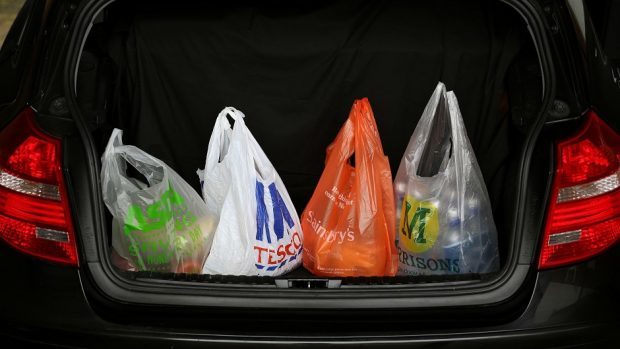Retailers have been told to consider cutting the prices they charge customers for beef, lamb and pigmeat in line with significant market falls in returns to farmers.
Industry promotion body Quality Meat Scotland (QMS) highlighted the discrepancy between falling farm-gate prices for cattle, sheep and pigs and relatively static supermarket prices – and then threw down the gauntlet to the country’s food retailers.
QMS head of economic services, Stuart Ashworth, said: “The challenge to the retailers from those farther up the chain is that they could drop prices without jeopardising farm-gate prices by taking a smaller margin on the meat they sell.”
Mr Ashworth was speaking in the wake of an announcement by the Co-operative’s food division that it is to cut the cost of more than 200 of its own-brand British-sourced meat and poultry products by an average of 10% and, in some cases, up to 50%.
“The good news in the Co-op’s announcement was a commitment to make greater use of British lamb in its retail offer and a declaration of growing grocery sales,” he said.
“The reality, which producers would be quick to assert, is that during 2015 the average farm-gate price for beef cattle was 6% lower than in 2014. In contrast, the average retail price for beef was unchanged, although the mince price did fall by 2%.”
Mr Ashworth highlighted a similar scenario for lamb, where the price to producers has fallen 10% between 2014 and 2015, while the retail price has increased by 2%.
“This however hides the fact that the lamb retail price movement since 2013 has not matched the overall increase in farm-gate price for lamb in that period. In other words, lamb retail prices remain great value for money when considered alongside the movement in farm-gate prices since 2013.”
The change in movement between farm-gate and retail price is even more pronounced in the pig sector where prices fell, on average, 18% between 2014 and 2015 while retail pork prices only fell 3% and bacon prices 4%.
According to Mr Ashworth, the prevailing intense price competition in the multiple retail sector suggests there is unlikely to be much strengthening of livestock farmgate prices in the short to medium term.
“The current market situation does, however, highlight the continued importance of working hard to differentiate the Scotch brands in the marketplace and promoting their quality message and what sets them apart, to UK and global consumers,” he said.
“By doing so our industry will continue to benefit from the opportunity to achieve a premium price.”
